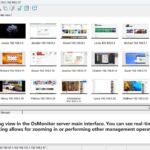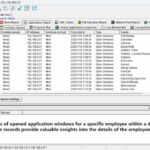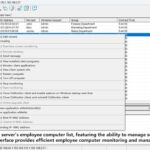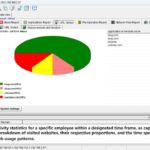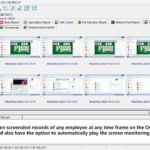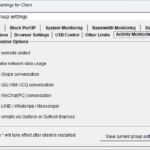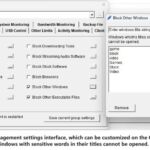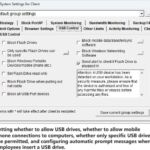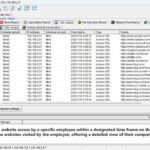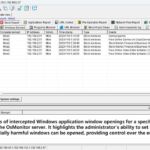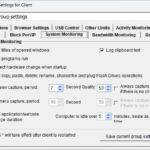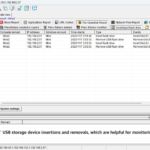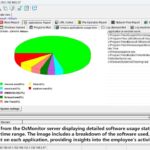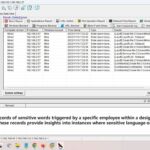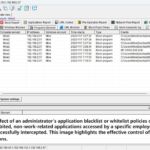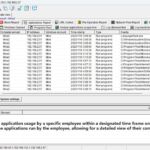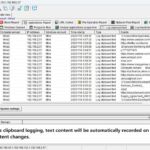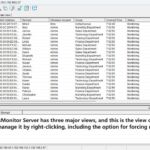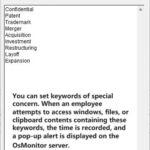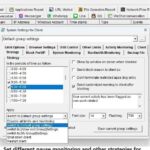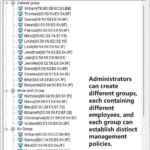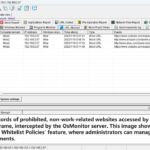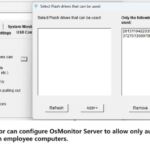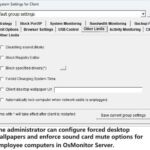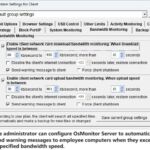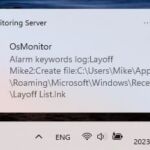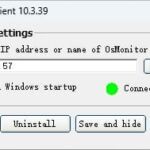The application of data structures and algorithms tutorials in monitoring software has various advantages and use cases. These tutorials provide developers with the necessary knowledge and techniques to design, develop, and optimize monitoring software effectively.
Advantages of data structures and algorithms tutorials in monitoring software include:
- Improved Efficiency: Learning data structures and algorithms enables developers to select and implement optimal data structures and algorithms, enhancing the execution efficiency and performance of the monitoring software. By choosing appropriate data structures and algorithms, data storage, access, and processing can be optimized, reducing resource consumption and improving the software's responsiveness and processing capabilities.
- Optimized Resource Utilization: Monitoring software typically deals with a large amount of data and requires efficient management and utilization of these data within limited resources. The application of data structures and algorithms allows developers to organize and process data effectively, optimizing resource utilization, enhancing memory and processor utilization, and reducing resource occupancy and waste.
- Enhanced Scalability: Monitoring software's requirements and scale may grow over time, necessitating good scalability. Learning data structures and algorithms empowers developers to design and implement scalable data structures and algorithms capable of handling increasing data volume and complexity, ensuring software performance and reliability.
The application scenarios of data structures and algorithms tutorials in monitoring software include, but are not limited to, the following aspects:
- Data Storage and Querying: Monitoring software requires efficient storage and querying of a large amount of monitoring data. Learning data structures and algorithms enables developers to choose appropriate data structures (such as arrays, linked lists, hash tables, trees, etc.) and querying algorithms (such as linear search, binary search, hash lookup, etc.) to achieve efficient data storage and retrieval, providing fast data query and access capabilities.
- Data Filtering and Processing: Monitoring software often needs to filter, process, and transform raw data to extract useful information and metrics. Learning data structures and algorithms enables developers to select appropriate data structures and algorithms for filtering, sorting, aggregating, computing, and other data operations, facilitating efficient data processing and analysis functions.
- Time Series Analysis: Monitoring software frequently involves analyzing and modeling time series data to detect and predict system behavior and trends. Learning data structures and algorithms empowers developers to choose suitable data structures and algorithms (such as queues, heaps, dynamic programming, etc.) to handle time series data storage, processing, and analysis, providing accurate time series analysis and forecasting capabilities.
- Graph Data Analysis: Data in monitoring software often exhibits relationships and dependencies, such as device topology and network traffic dependencies. Learning data structures and algorithms allows developers to choose appropriate graph data structures and algorithms for storing, traversing, searching, shortest path calculation, etc., enabling analysis and visualization of graph data.
In summary, data structures and algorithms tutorials offer advantages in improving efficiency, optimizing resource utilization, and providing scalability in monitoring software. They can be applied in various aspects, including data storage and querying, data analysis and trend prediction, data filtering and processing, among others, to deliver efficient, reliable, and intelligent monitoring and management capabilities.
About OsMonitor:
The mission of OsMonitor is to create a Windows computer system tailored for work purposes, effectively regulating employee computer behavior. It enables employers to understand what employees are doing each day, monitoring every action, including screen activity and internet usage. Additionally, it restricts employees from engaging in specific activities such as online shopping, gaming, and the use of USB drives.
OsMonitor, designed purely as software, is remarkably user-friendly and requires no additional hardware modifications. A single management machine can oversee all employee computers. As a leading brand in employee computer monitoring software with over a decade of successful operation, OsMonitor has rapidly captured the global market with its minimal file size and excellent cost-effectiveness compared to similar software. At this moment, thousands of business computers worldwide are running OsMonitor daily.



